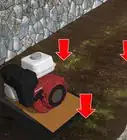X
wikiHow is a “wiki,” similar to Wikipedia, which means that many of our articles are co-written by multiple authors. To create this article, 11 people, some anonymous, worked to edit and improve it over time.
There are 9 references cited in this article, which can be found at the bottom of the page.
This article has been viewed 119,709 times.
Learn more...
This describes how to install a small path made of rustic materials through your garden.
Steps
-
1Lay out your path. If you are making a winding path, a garden hose makes a nice flexible line, but you can also use spray paint directly on the ground or stakes and string.[1]
-
2Calculate how many square feet the path will be. Determine how much material you will need. One way, if you use found materials like rocks, simply keep collecting it and laying it out on the proposed path until you have enough. If you are buying pavers, the home and garden shop has calculators for figuring the number you need. Always figure a minimum of 10% waste when ordering the pavers. A bag of sand from the home improvement store contains 6-7 square feet of sand 1-inch thick. (Read the label!) Divide your square footage by 6 or 7 to find the number of bags. If you need it in tons, ask the distributor to figure it for you, keeping in mind that your sand bed is 1” thick by the square footage of your path. However you buy sand, add extra for leveling the path and filling between the stones. Mortar sand, which is finer grained than all purpose sand, is good for filling joints, especially tight ones.[2]Advertisement
-
3Before you start digging the path, be sure there are no utilities or irrigation lines in the area where you are putting your path. Be sure to call the “Call Before You Dig” number from your local utility company especially if you are adding a compacted base and will be digging quite a way into the dirt. You will have to locate your own irrigation lines.[3]
-
4Remove the existing sod and soil using flat shovels. Keep in mind the thickness of the paving material you are using when determining the depth to which you have to dig. You will need 1-inch for the sand bed plus the thickness of the paver. If you are using a compacted base, don't forget to add that in. You will need 1 in. thick sand +~2 3/8 in. thick pavers =~3 in. depth for excavation since there will be slight settlement of the sand when the pavers are compacted into it. Be sure to get rid of the excavated soil etc. so that the ground will drain correctly. Don't pile it up around the path.[4]
-
5Once the area is excavated, be sure the soil below is slightly damp and compact the soil using a heavy flat object or the plate compactor. Check the slope if you are putting your path directly against your house to be sure water will drain away from the foundation. For every foot, there should be a 1/4 in. drop. Adjust slope as needed.
-
6Place at least two pipes directly on the compacted soil. Place them apart and parallel to each other. Spread moist but not saturated sand between the pipes. Use a shovel and rake to smooth out. Pull the straight piece of wood across the pipes several times until sand is perfectly smooth. Do this for the entire area. Remove the pipes and fill the indentations with sand. Level these areas with a square trowel. Don't walk on or disturb the leveled sand.[5]
-
7Place a border course of pavers around the entire edge, then place the rest in the desired pattern. Continue to place pavers on the sand, but don't drag them into the sand. Use the other pavers on the sand as means to locate the one you're placing. Cut pavers as needed.[6]
-
8Compact the pavers using something heavy and flat. (A plate compactor should definitely be used for large surfaces to be sure that you don't end up with tripping hazards). Jumping up and down on the pavers until they are level works fine in small areas. Make at least four passes over all the pavers, starting at the outside of the pavement and working around the edges toward the inside. Then compact back and forth like mowing the grass. If you want to, you can remove and replace any pavers that crack or chip. Adjust joints. A large screwdriver is good for aligning paver joints.[7]
-
9Spread dry joint sand over the surface and sweep some into the joints. Vibrate and compact the sand into the joints, sweeping and compacting as you go. Filling the joints with sand will take several passes. After compaction, the sand in the joints might settle, especially after a few rainstorms. Apply some extra sand to fill these joints as needed. Remove excess sand by sweeping. Apply a sealer if you want.[8]
Advertisement
Community Q&A
-
QuestionHow do I remove bushes?
 Community AnswerThe easiest way is to cut the trunk. Dig out as much of the ground-over roots as possible. Cut out as much of the larger roots as you can. The rest will deteriorate over time. Fill the hole back in, and make your path.
Community AnswerThe easiest way is to cut the trunk. Dig out as much of the ground-over roots as possible. Cut out as much of the larger roots as you can. The rest will deteriorate over time. Fill the hole back in, and make your path.
Advertisement
Warnings
- If you are in a cold or damp climate, you should first install a compacted base, which is not covered here. You can install a path without a base, but you will probably end up re-leveling it after the first winter. Ask your garden shop for the information on how to install a compacted base.⧼thumbs_response⧽
- Avoid using pavers, stones or tiles that are smooth or rounded on top as they may create a slippery, dangerous pathway.⧼thumbs_response⧽
Advertisement
Things You'll Need
- Materials:
- •Sand – available bagged at your local home and garden shop or home improvement store for small paths, or for large projects, available from crushed stone distributors by the ton.
- •Pavers: - Rocks, concrete pavers, bricks, broken pieces of concrete roofing tile or any hard, rough surfaced material.
- Tools:
- • Shovels - a flat and a pointed
- • Wheelbarrow and rake
- • Hose with spray nozzle
- • Something heavy and flat or a hand tamper
- • Hammer and chisel if you need to break the stones
- • String line and stakes, spray paint or long garden hose
- • 2 pieces of 1-inch O. D. pipe
- • Straight piece of wood, as long as your path is wide.
- • Broom
- Optional Tools
- If you want to get precise about cutting concrete or brick pavers, rent a paver splitter. Always use gloves and safety goggles for cutting pavers . Practice cutting with a few pavers so you get a feel for using the machine before cutting units for your project. The cutter has a minimum length, so keep that in mind as you cut to fill gaps.
- A plate compactor rented from the home and garden shop is good for leveling pavers and compacting soil and base (if you use one.) Get a minimum 5,000 lb (22 km N) machine and use ear plugs while operating.
References
- ↑ https://www.gardenorganic.org.uk/sites/www.gardenorganic.org.uk/files/resources/fflp/A16-Building-a-garden-path.pdf
- ↑ https://www.thisoldhouse.com/ideas/heres-how-to-build-perfect-path
- ↑ http://call811.com/start-here/homeowners
- ↑ https://www.bhg.com.au/how-to-build-a-garden-path
- ↑ https://www.bhg.com/home-improvement/outdoor/walkways/build-a-brick-path/
- ↑ https://www.finegardening.com/article/build-brick-path
- ↑ https://extension.oregonstate.edu/sites/default/files/documents/1/howtoinstallpavers.pdf
- ↑ https://www.youtube.com/watch?v=rlZ8rAs0rcM
- https://www.bobvila.com/slideshow/7-thrifty-designs-for-a-diy-walkway-48856#gravel-walkway
About This Article
Advertisement

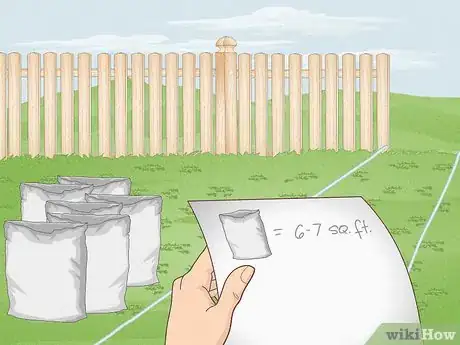
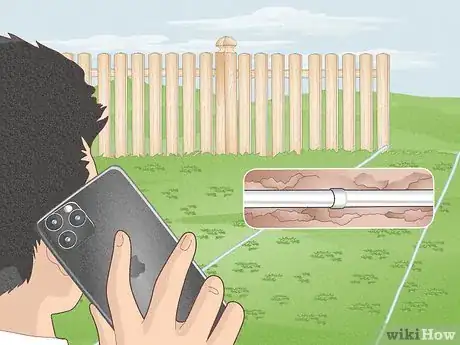
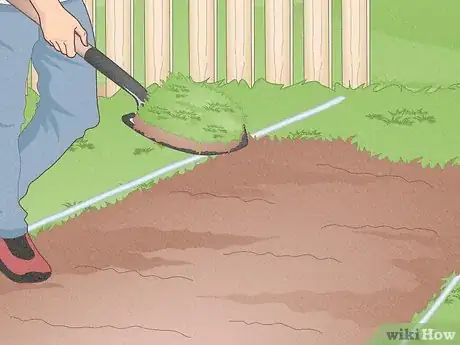
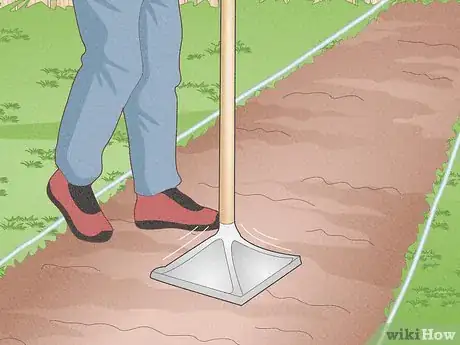
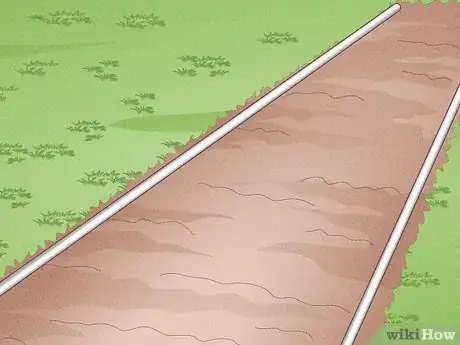
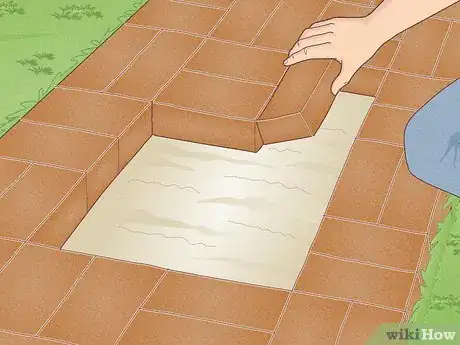


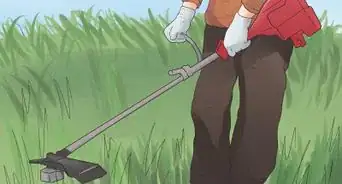
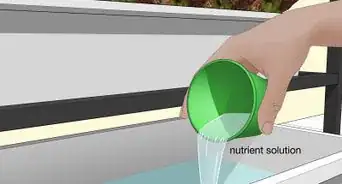

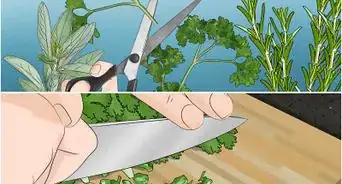


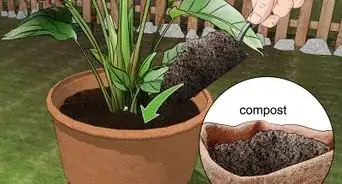


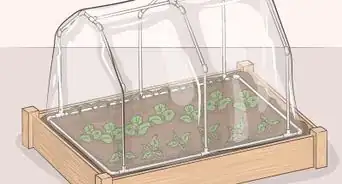
-Oven-Step-15.webp)










